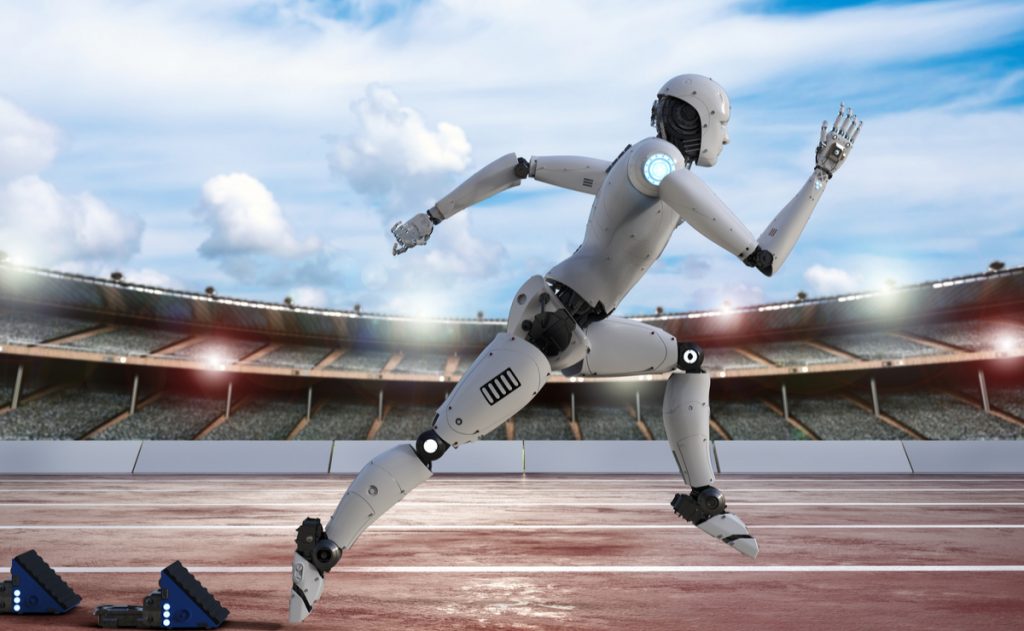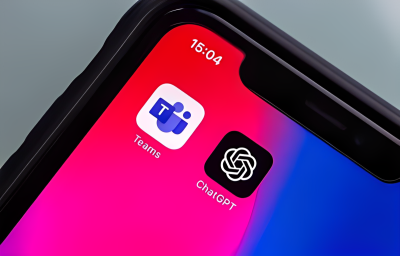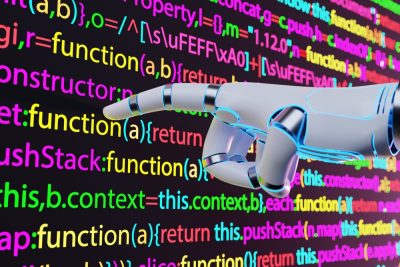A group of researchers around the world has finally managed to get a picture of a black hole, the one at the center of the M87 galaxy. The contribution of an American scientist, Katie Bouman, was central to this project, developing the algorithm that allowed this advance. The snapshot is not a simple photo taken with a powerful telescope, but a reconstruction based on 5 petabytes (5 million GB) of data. According to Dan Marrone, a professor at the University of Arizona, this equates to 5,000 years of recorded MP3s. To get an image of a black hole, it would take a telescope the size of the Earth. As a result, the researchers found another solution.
They connected eight telescopes to create a virtual telescope of the same size they named Event Horizon Telescope. The second obstacle concerns the recovery of data recorded around the world. The amount of information is such that the Internet connections of the various observatories have proved too slow. In fact, the researchers calculated that, in the best case, and with a reliable end-to-end connection, it would have taken tens of hours to transfer the data.
The weight of the whole? 450 kilos! It is not enough to produce the data and then to recover it, but it is necessary to assemble them. Katie Bouman led the team that created one of the algorithms used, the one designed to combine all these measures. In particular, it was necessary to compensate for the difference in the time taken by the astronomical signals to reach the different telescopes. The researcher found that by multiplying the measurements of three telescopes the delays caused by atmospheric noise cancel each other out. Each measurement, therefore, requires data from three telescopes instead of two.
To ensure the reliability of the project, four teams spent a month working separately on the data collected to build an image each, which they then compared. “When I saw that all the teams had very similar images, it was the happiest moment I’ve ever had,” said Katie Bouman.














